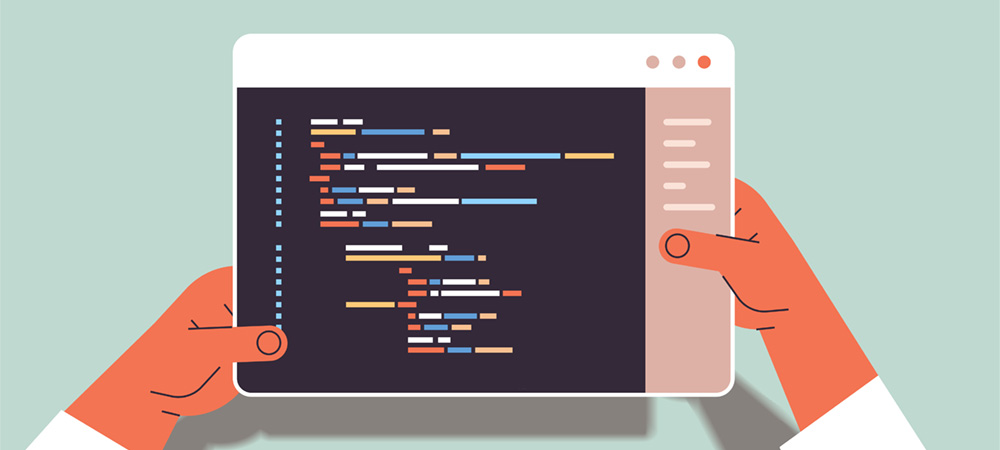Dinesh Varadharajan, Chief Product Officer (CPO) at Kissflow, looks at how utilising low-code applications can help businesses throughout the UAE overcome the challenges presented by legacy systems.

IT systems and solutions are constantly evolving in today’s fast-paced digital era, with the result that cumbersome legacy systems are hindering growth and causing countless issues. Many companies in the UAE embraced digitisation early on and some now find themselves with outdated legacy systems that are no longer suitable for their lofty ambitions, hampering innovation and progress and even posing security risks.
There can be myriad challenges attributed to legacy systems, leaving them difficult to maintain, support, upgrade or integrate with new systems. The equipment, facilities or software might be outdated or unsupported as there are not enough people with the expertise required to support it. The system might be unable to support the current demands of the business and there could be performance or scalability problems. The platform could be unstable and security issues might mean companies struggle to comply with new rules and regulations.
The challenge of legacy systems for businesses throughout the UAE is pressing but utilising low-code applications could help. Let’s see how.
How can low-code platforms help?
It’s clear that there’s a requirement to modernise outdated legacy systems to ensure they’re fit for today’s requirements and low-code platforms can offer a smart solution. This is because they transform the way in which software is built, with simple tools that empower citizen developers to support the migration. With a customer-focused, staged migration to a low-code system, you can quickly provide a better service to your users.
Migrating from legacy to low-code
There are some issues and challenges to be aware of when migrating from a legacy system to a low-code platform. One of the biggest issues is to be wary of creating a legacy system of the future. The new system needs to be future-proofed and flexible enough to adapt to future requirements and potential changes.
With low-code platforms, companies can utilise a modern app architecture that uses microservices for better agility. It’s wise to choose a system that makes it easy to build self-contained services and apps that can be shared and integrated. It also needs to be able to flex to suit evolving business requirements quickly and easily.
All too often legacy systems can’t scale and provide the performance that is required. You need a low-code platform that can guarantee robustness and support continuous operation of business-critical apps, ensuring high-quality performance.
Another issue is quality assurance. The complexity of many legacy transfer solutions means app quality can often suffer due to poor monitoring. It’s important to be able to proactively monitor and fix application quality. Companies should seek a low-code platform that incorporates quality assurance, automated testing and performance monitoring.
Usability – all too often an afterthought – needs to be front and centre to ensure a good return on investment (ROI). If the new solution is user-centric, it should significantly boost productivity.
A smooth migration
It’s usually a good idea to migrate from a legacy system to a low-code platform in stages. It’s generally sensible to start by shifting non-business essential apps, before moving up to more complex ones. This allows you to learn as you go – reducing the chances of expensive mistakes when it comes to your business-critical apps. You may also want to prioritise areas that aren’t working for your end-users, often leading to a quicker ROI and stronger management buy-in.
You will probably want to run a bimodal IT team during a staged migration. This means splitting your software development team into two sections. One group will continue to maintain the legacy system, while the other section concentrates on developing the new platform. Although they will be separate, they must work closely together to make sure the two systems run smoothly during the transition period.
It’s not necessary to replace your entire legacy system and low-code applications can enable companies to keep a legacy system going for longer. By developing add-ons or new apps using a low-code platform, it’s possible to improve functionality while keeping the existing system.
Another significant benefit of shifting to a low-code platform is that you can reuse the existing data model. This enables a smooth transition, allowing you to continue using the current data model while at the same time creating a fresh user interface.
Low-code: A smart solution for IT modernisation
The challenge of legacy systems is a worldwide one and when a company is considering any Digital Transformation programme, it’s critical to weigh up all the options, including the benefits and challenges. It’s important to build an adaptable and flexible solution, with the future requirements of the company firmly in mind.
Of course, choosing the right low-code solution is not the easiest task. Businesses must consider every aspect in depth, from the system’s compliance and efficiency, the seller’s credentials, the costs and whether the solutions align with your company’s strategy.
The pace of Digital Transformation continues to accelerate and businesses in the UAE must continue to innovate and develop. Migrating from a cumbersome legacy system to a low-code platform can be a game-changer when it comes to modernising your systems.
Keeping pace with digitisation and offering the solutions that customers demand is critical to ensure businesses prosper today and in the future.
Click below to share this article

